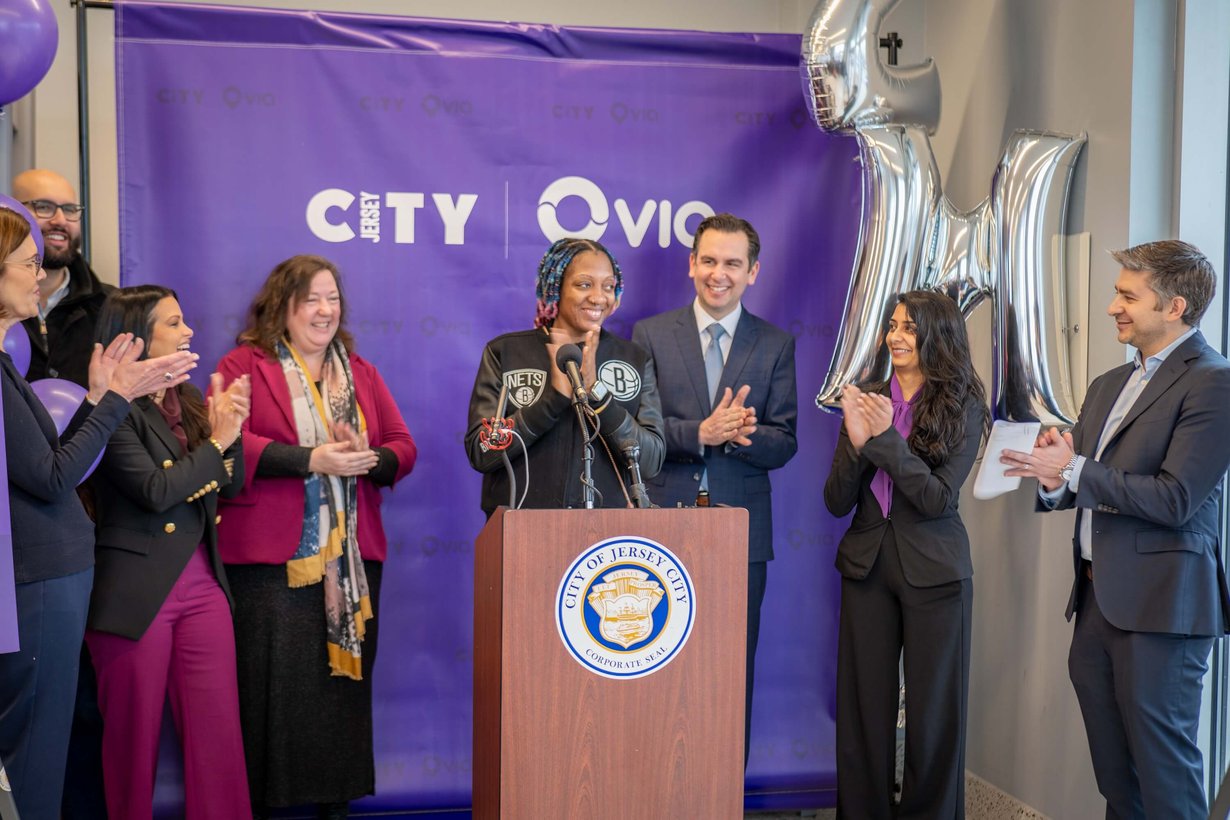All across the country, from Jersey City to Birmingham to Cupertino, we’ve had the privilege of working directly with city governments to launch game-changing transit systems. Transit is the connective tissue that supports strong cities — but all too often, mayors, council members, and city managers have felt disconnected from decision-making. Now, tech-enabled options are empowering city leaders to take transit into their own hands. With the right tools, they’re solving cities’ most pressing challenges: economic development, social equity, and long-term livability within a context of explosive population growth and aging infrastructure.
On-demand microtransit comes when riders need it — for a regular commute, or a last-minute trip to the grocery store — all for the price of a standard bus ticket. The tech groups passengers into shared rides whenever possible, keeping the cost to the city in check. With no prior experience managing transit, city leadership can get services off the ground in weeks, and adjust the service in response to changing demand going forward. Microtransit can step in to solve nearly any mobility need: getting passengers to commuter rail stations, alleviating food deserts, fostering independence for riders with disabilities, and bringing jobs, education, and healthcare in reach of all.
Launch fast and make an impact. Learn how below.

Boost the local economy.
Improve job access, shorten commutes, and attract investment to your innovative city.

Level the playing field.
Alleviate food deserts, raise health outcomes, and bring education within reach.

Build a more livable city.
Clear the streets of traffic jams and stop worrying about parking. For good.

Own your infrastructure.
Deliver mobility where it's needed, at your pace and within your budget.
Still not convinced? Hear from 5 mayors who have upgraded transit in their cities with Via.




%206.png?width=71&height=47&name=The%20Buzz%20Blog%20Hero%20(1750%20x%201200%20px)%206.png)